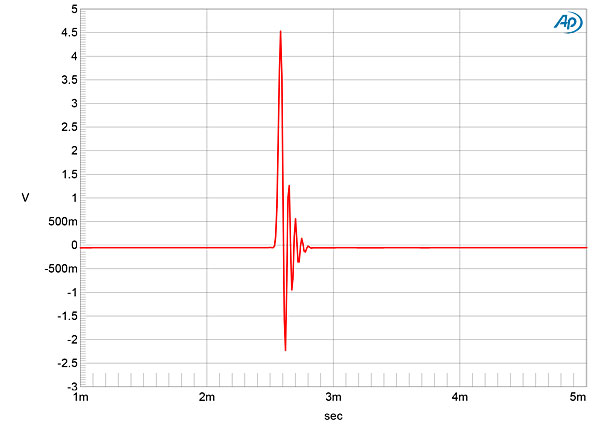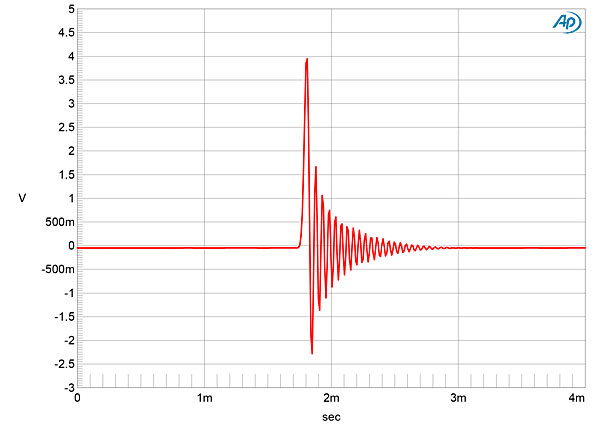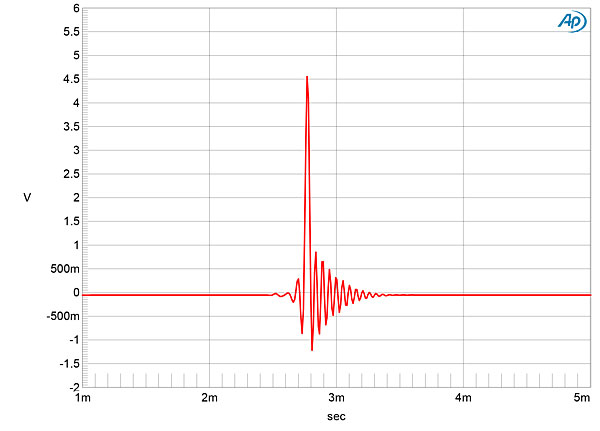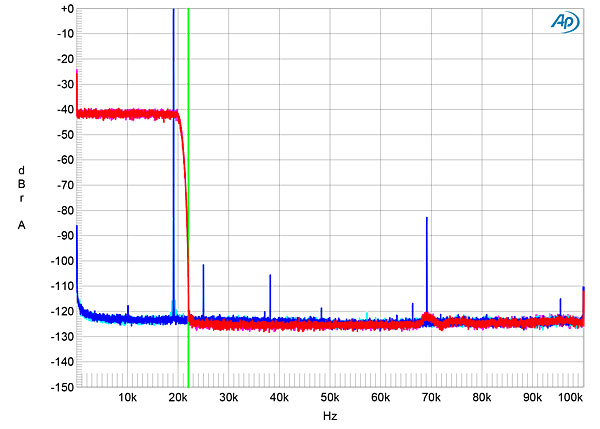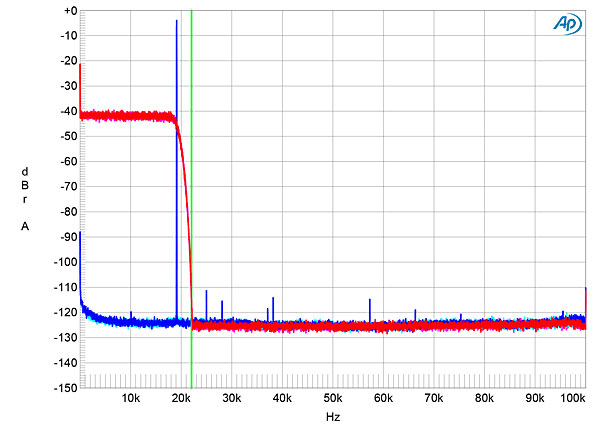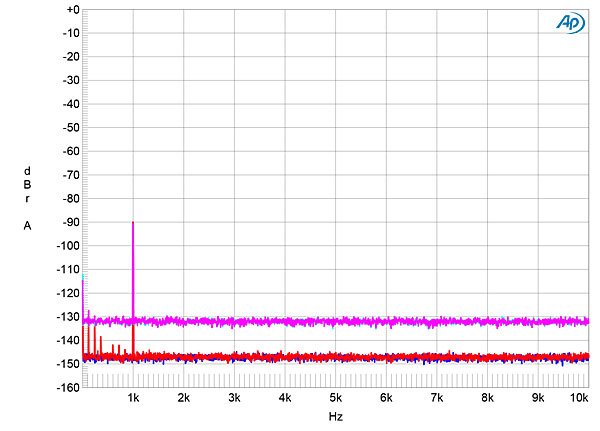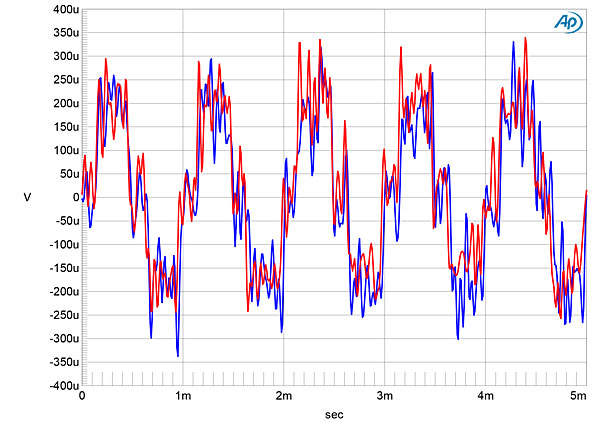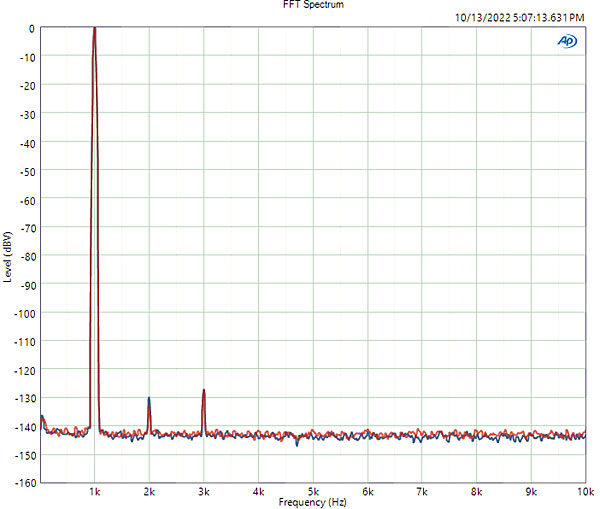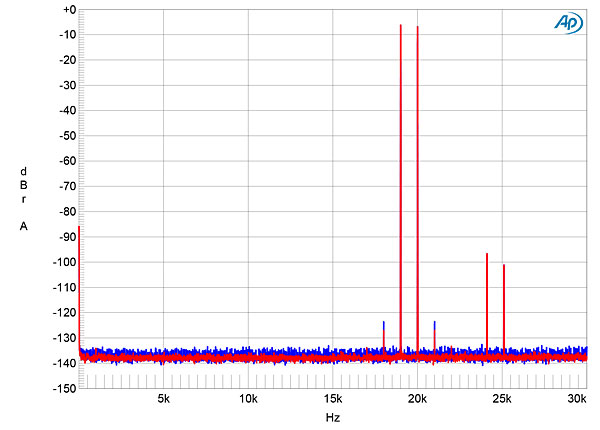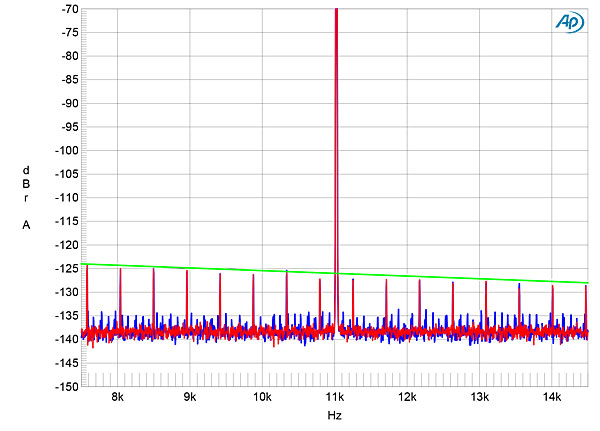| Columns Retired Columns & Blogs |
You mentioned, "Since my server is PC-based, I needed to download and install Topping's ASIO driver for the DM7..."
Do you know if this works well using MS WASAPI in exclusive mode? Some software that I am very much interested in utilizing does not work with ASIO drivers, but rather works either with WASAPI in exclusive mode, or with WDM drivers, and I prefer to avoid using the WDM drivers.

